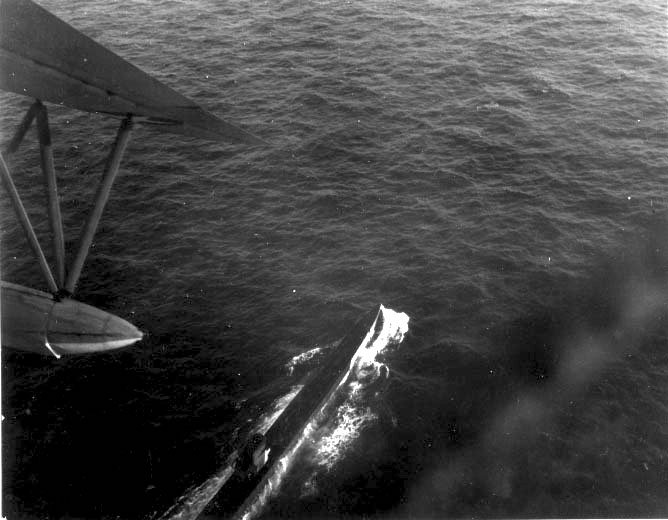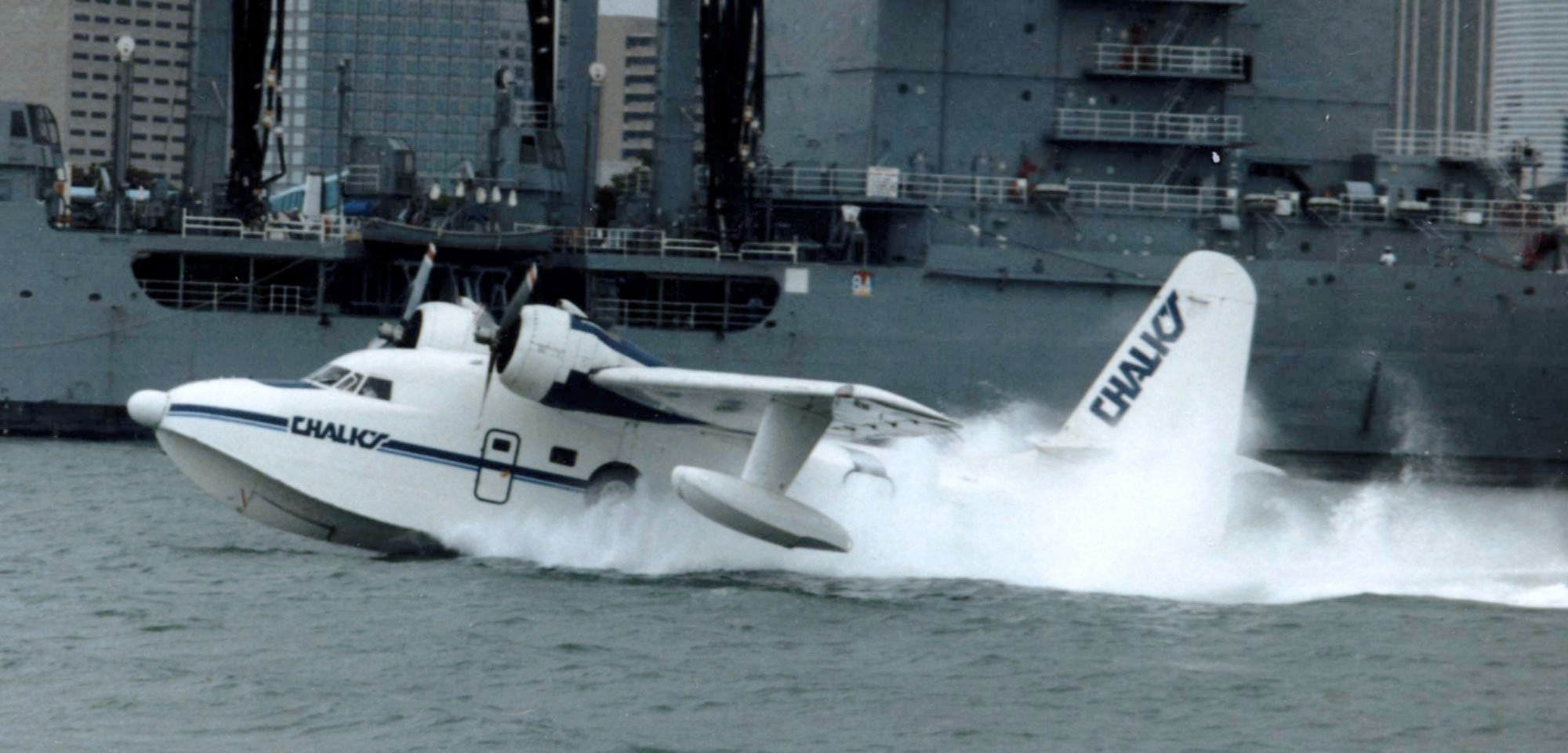|
1913 In Aviation
This is a list of aviation-related events from 1913: Events * The Serbian air force is established as an army air service. Six officers receive pilot training in France. *Mexico, Mexican pilot Gustavo Salinas Camilla and France, Frenchman Didier Masson, flying for rebel forces led by Pancho Villa during the Mexican Revolution, attack Mexican federal ground and naval forces. * The Imperial Japanese Navy places its first aviation ship, the Auxiliary ship, naval auxiliary Japanese seaplane carrier Wakamiya, ''Wakamiya'', in service to operate naval floatplanes. * The Imperial Russian Navy experiments with shipboard airplane operations for the first time, embarking a Curtiss Aeroplane and Motor Company, Curtiss floatplane aboard the protected cruiser Russian cruiser Kagul (1902), ''Kagul'' in the Black Sea. It is its only such experiment prior to World War I.Layman 1989, p. 96. * The Royal Swedish Navy acquires its first seaplane.Layman 1989, p. 106. * Short Brothers patents the f ... [...More Info...] [...Related Items...] OR: [Wikipedia] [Google] [Baidu] |
Russian Cruiser Kagul (1902)
''Komintern'' was a Soviet light cruiser originally named ''Pamiat' Merkuria'' (''Memory of Mercury''), a protected cruiser built for the Imperial Russian Navy. She saw service during World War I in the Black Sea and survived the Russian Civil War, although heavily damaged. She was repaired by the Soviet Navy and put into service as a training ship. In 1941 she was reclassified as a minelayer and provided naval gunfire support and transported troops during the sieges of Odessa, Sevastopol, and the Kerch–Feodosiya operation in the winter of 1941–1942. She was damaged beyond repair at Poti by a German air attack on 16 July 1942. Afterwards she was disarmed and hulked. At some point she was towed to the mouth of the Khobi river and sunk there as a breakwater on 10 October 1942. Description ''Komintern'' normally displaced . The ship had an overall length of , a beam of and a mean draft of about . She was powered by two vertical triple-expansion steam engines, each driving ... [...More Info...] [...Related Items...] OR: [Wikipedia] [Google] [Baidu] |
Biplane
A biplane is a fixed-wing aircraft with two main wings stacked one above the other. The first powered, controlled aeroplane to fly, the Wright Flyer, used a biplane wing arrangement, as did many aircraft in the early years of aviation. While a biplane wing structure has a structural advantage over a monoplane, it produces more drag than a monoplane wing. Improved structural techniques, better materials and higher speeds made the biplane configuration obsolete for most purposes by the late 1930s. Biplanes offer several advantages over conventional cantilever monoplane designs: they permit lighter wing structures, low wing loading and smaller span for a given wing area. However, interference between the airflow over each wing increases drag substantially, and biplanes generally need extensive bracing, which causes additional drag. Biplanes are distinguished from tandem wing arrangements, where the wings are placed forward and aft, instead of above and below. The term is als ... [...More Info...] [...Related Items...] OR: [Wikipedia] [Google] [Baidu] |
Brazilian Naval Aviation
The Brazilian Naval Aviation () is the air component of the Brazilian Navy, currently called ''Força Aeronaval''. Most of its air structure is subordinated to the Naval Air Force Command (''Comando da Força Aeronaval'', ComForAerNav), the military organization responsible for providing operational air support from Navy vessels, while four squadrons are subordinated to the Naval Districts, responsible for inland and coastal waters. ComForAerNav is headquartered at the Naval Air Base of São Pedro da Aldeia, where all aircraft fleet level maintenance is carried out and where the Aeronaval Instruction and Training Center (''Centro de Instrução e Adestramento Aeronaval'', CIAAN) is located, which forms its staff. Its pilots, all officers with one to three years of prior naval experience, fly its helicopters, airplanes and Remotely Piloted Aircraft (''Aeronaves Remotamente Pilotadas''; ARPs, or Unmanned aerial vehicle, drones) as extensions of the ships' weaponry and sensors. The fi ... [...More Info...] [...Related Items...] OR: [Wikipedia] [Google] [Baidu] |
Torpedo
A modern torpedo is an underwater ranged weapon launched above or below the water surface, self-propelled towards a target, with an explosive warhead designed to detonate either on contact with or in proximity to the target. Historically, such a device was called an automotive, automobile, locomotive, or fish torpedo; colloquially, a ''fish''. The term ''torpedo'' originally applied to a variety of devices, most of which would today be called mines. From about 1900, ''torpedo'' has been used strictly to designate a self-propelled underwater explosive device. While the 19th-century battleship had evolved primarily with a view to engagements between armored warships with large-caliber guns, the invention and refinement of torpedoes from the 1860s onwards allowed small torpedo boats and other lighter surface vessels, submarines/submersibles, even improvised fishing boats or frogmen, and later light aircraft, to destroy large ships without the need of large guns, though somet ... [...More Info...] [...Related Items...] OR: [Wikipedia] [Google] [Baidu] |
Sopwith Type C
The Sopwith Special torpedo seaplane Type C was the first British aircraft designed to drop torpedoes. A single-engine biplane floatplane, it flew in July 1914 but proved unable to lift the design load and was soon abandoned. Design and development The Admiralty's interest in torpedo delivery by aircraft began in November 1913, expressed by an order placed with Sopwith for a "mock-up" seaplane torpedo carrier, the Sopwith Type TT. This was intended only to taxi, not fly; its trials extended over the following May and June. In February 1914, before trials of the Type TT had begun, this contract was extended to include a second, flying, experimental torpedo carrying seaplane. The resulting Special torpedo seaplane Type C was delivered to RNAS Calshot on 1 July 1914, carrying the RNAS serial number 170. The Special was a four-bay biplane, with square-tipped, constant- chord, unequal-span wings connected by pairs of parallel interplane struts. The 4 ft (1.2 m) overhangs ... [...More Info...] [...Related Items...] OR: [Wikipedia] [Google] [Baidu] |
United Kingdom
The United Kingdom of Great Britain and Northern Ireland, commonly known as the United Kingdom (UK) or Britain, is a country in Northwestern Europe, off the coast of European mainland, the continental mainland. It comprises England, Scotland, Wales and Northern Ireland. The UK includes the island of Great Britain, the north-eastern part of the island of Ireland, and most of List of islands of the United Kingdom, the smaller islands within the British Isles, covering . Northern Ireland shares Republic of Ireland–United Kingdom border, a land border with the Republic of Ireland; otherwise, the UK is surrounded by the Atlantic Ocean, the North Sea, the English Channel, the Celtic Sea and the Irish Sea. It maintains sovereignty over the British Overseas Territories, which are located across various oceans and seas globally. The UK had an estimated population of over 68.2 million people in 2023. The capital and largest city of both England and the UK is London. The cities o ... [...More Info...] [...Related Items...] OR: [Wikipedia] [Google] [Baidu] |
Propeller
A propeller (often called a screw if on a ship or an airscrew if on an aircraft) is a device with a rotating hub and radiating blades that are set at a pitch to form a helical spiral which, when rotated, exerts linear thrust upon a working fluid such as water or air. Propellers are used to pump fluid through a pipe or duct, or to create thrust to propel a boat through water or an aircraft through air. The blades are shaped so that their rotational motion through the fluid causes a pressure difference between the two surfaces of the blade by Bernoulli's principle which exerts force on the fluid. Most marine propellers are screw propellers with helical blades rotating on a propeller shaft (ship), propeller shaft with an approximately horizontal axis. History Early developments The principle employed in using a screw propeller is derived from stern sculling. In sculling, a single blade is moved through an arc, from side to side taking care to keep presenting the blade to the wat ... [...More Info...] [...Related Items...] OR: [Wikipedia] [Google] [Baidu] |
Pierre Levasseur (aircraft Builder)
Pierre Georges Albert Levasseur (July 16, 1890 in Paris – August 2, 1941 in Paris) was a French aircraft and component maker. He set up his company ''Société Pierre Levasseur Aéronautique'', always referred to simply as Levasseur in Paris in 1910, beginning by making propellers. In 1913 he began building aircraft designed by others. He then began to design his own, the majority of which were single-engine biplanes for French Naval Aviation. He also ran a flying school, where the chief pilot of his school was François Denhaut (1877–1952), notable for designing the first flying boat. Georges Abrial (1898 – 1970), an early French Aerodynamics, aerodynamicist, also worked with Levasseur to produce the Levasseur-Abrial A-1. Sociéte Pierre Levasseur Aéronautique Models created included: * Levasseur-Abrial A-1, 1922 Glider (aircraft), glider * Levasseur PL.1, 1922, three seat tourer * Levasseur PL.2, naval biplane torpedo bomber * Levasseur PL.4, carrier-based reconnaissance ai ... [...More Info...] [...Related Items...] OR: [Wikipedia] [Google] [Baidu] |
Folding Wing
A folding wing is a wing configuration design feature of aircraft to save space and is typical of carrier-based aircraft that operate from the limited deck space of aircraft carriers. The folding allows the aircraft to occupy less space in a confined hangar because the folded wing normally rises over the fuselage decreasing the floor area of the aircraft. Vertical clearance is also limited in aircraft carrier hangar decks. In order to accommodate for this, some aircraft such as the Supermarine Seafire and Fairey Gannet have additional hinges to fold the wingtips downward, while others such as the A-5 Vigilante and S-3 Viking have folding tails. The F-14 Tomcat's variable-sweep wings could be "overswept" to occupy less space. History Short Brothers, the world's first aircraft manufacturer, developed and patented folding wing mechanisms for biplane ship-borne aircraft like their Short Folder, the first patent being granted in 1913. The Folder's biplane wings were hinged so ... [...More Info...] [...Related Items...] OR: [Wikipedia] [Google] [Baidu] |
Short Brothers
Short Brothers plc, usually referred to as Shorts or Short, is an aerospace company based in Belfast, Northern Ireland. Shorts was founded in 1908 in London, and was the first company in the world to make production aeroplanes. It was particularly notable for its flying boat designs manufactured into the 1950s. In 1943, Shorts was Nationalization, nationalised and later denationalised, and in 1948 moved from its main base at Rochester, Kent to Belfast. In the 1960s, Shorts mainly produced turboprop airliners, major components for aerospace primary manufacturers, and missiles for the British Armed Forces. Shorts was primarily HM Government, government-owned until being bought by Bombardier Inc., Bombardier in 1989 and, in 2007, was the largest manufacturing concern in Northern Ireland. In November 2020, Bombardier sold its Belfast operations to Spirit AeroSystems. The company's products include aircraft components, engine nacelles and aircraft flight control systems for Bomba ... [...More Info...] [...Related Items...] OR: [Wikipedia] [Google] [Baidu] |
Seaplane
A seaplane is a powered fixed-wing aircraft capable of takeoff, taking off and water landing, landing (alighting) on water.Gunston, "The Cambridge Aerospace Dictionary", 2009. Seaplanes are usually divided into two categories based on their technological characteristics: floatplanes and flying boats; the latter are generally far larger and can carry far more. Seaplanes that can also take off and land on airfields are in a subclass called amphibious aircraft, or amphibians. Seaplanes were sometimes called ''hydroplanes'', but currently this term applies instead to Hydroplane (boat), motor-powered watercraft that use the technique of Planing (boat), hydrodynamic lift to skim the surface of water when running at speed. The use of seaplanes gradually tapered off after World War II, partially because of the investments in airports during the war but mainly because landplanes were less constrained by weather conditions that could result in sea states being too high to operate seaplanes ... [...More Info...] [...Related Items...] OR: [Wikipedia] [Google] [Baidu] |









